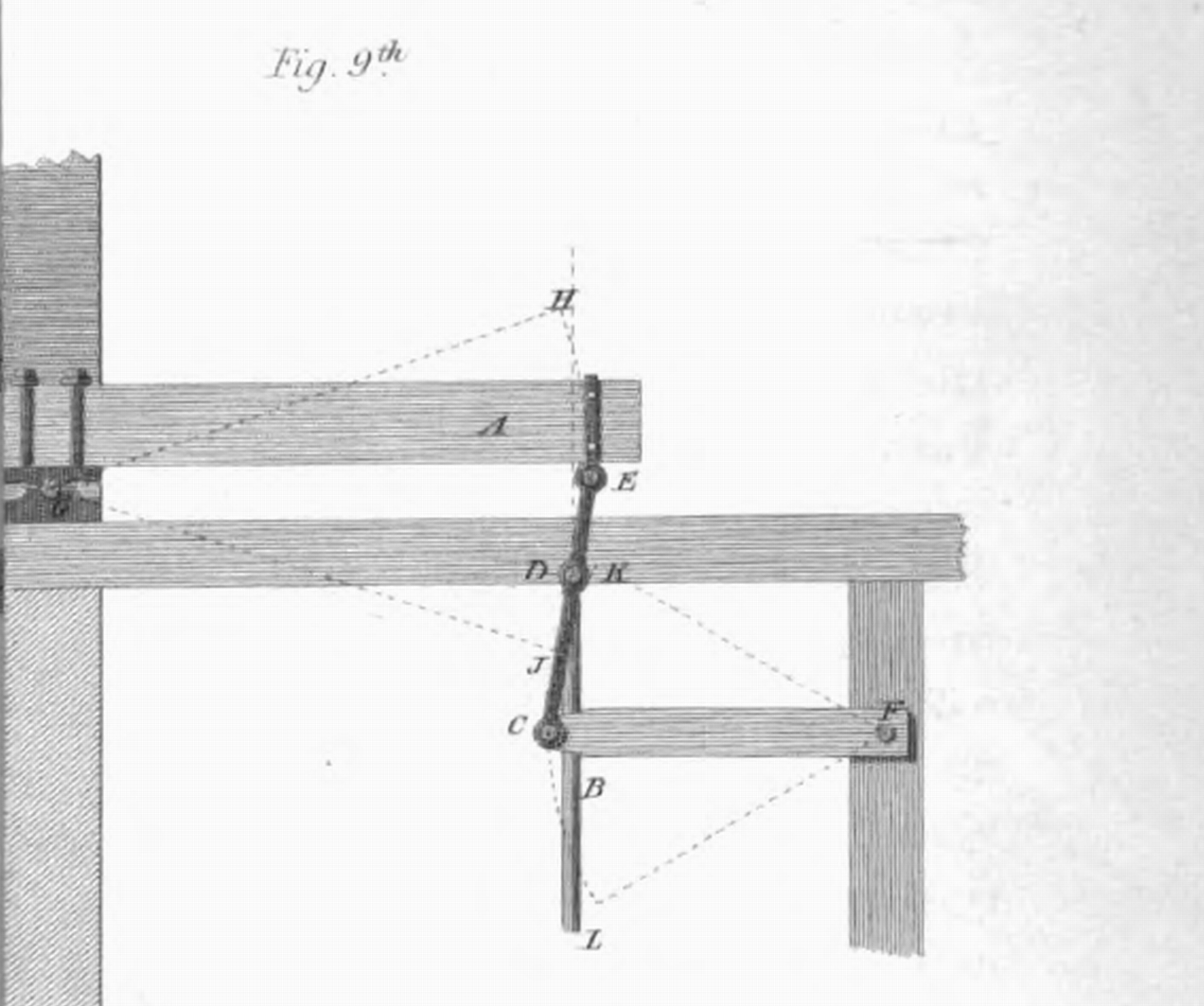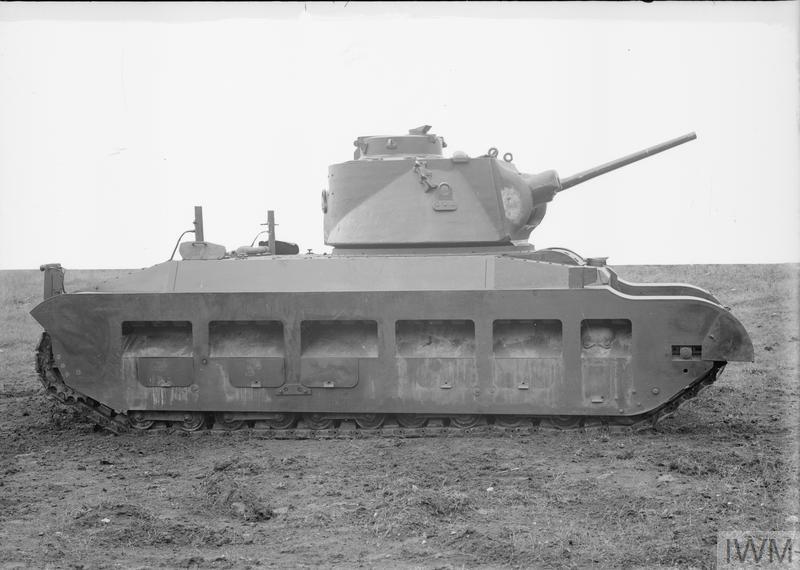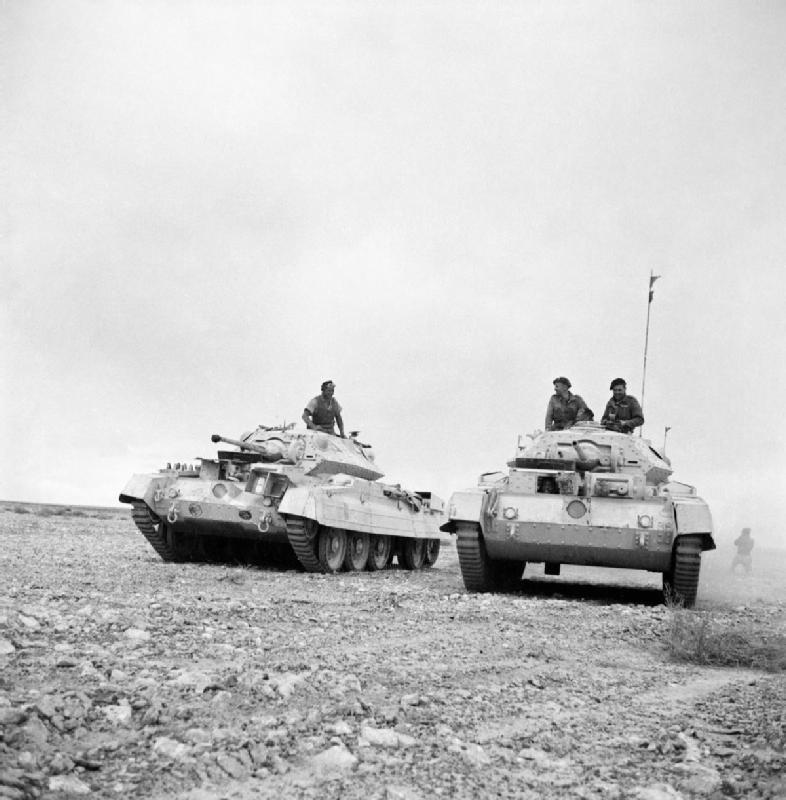|
Australian Experimental Light Tank
The Australian Experimental light tank (AELT, and also known as "Chassis 160") was a prototype light tank built by Australia during World War II, using a local pattern carrier hull. It was one of two indigenously developed tank designs, the other being the cruiser Sentinel tank. While the LP1 Chassis 160 was only developed as a light tank prototype, the Sentinel and Thunderbolt were put into production. None of the two Australian developed tanks saw combat. Background Australia in 1941 saw the need to produce its own military vehicles, as their normal source, the United Kingdom, could not spare the vehicles because of their own war effort needs. This saw Australia produce a number of armoured cars, and both a light tank and several cruiser tanks. The first effort to create a tank in Australia was the assembly of a light tank, in 1941. A total of 160 Carrier, MG (Aust) No.1 or LP1 were built with the last two, chassis number 159 and 160, being experimental vehicles for deve ... [...More Info...] [...Related Items...] OR: [Wikipedia] [Google] [Baidu] |
Light Tank
A light tank is a tank variant initially designed for rapid movements in and out of combat, to outmaneuver heavier tanks. It is smaller in size with thinner armor and a less powerful main gun, tailored for better tactical mobility and ease of transport and logistics. They are primarily employed in the screening, armored reconnaissance, skirmishing, artillery observation, and supplementing landing operations in a fire support role of expeditionary forces where larger, heavier tanks are unavailable or have difficulties operating safely or efficiently. The fast light tank was a major feature of the pre-World War II army buildup, where it was expected they would be used to exploit breakthroughs in enemy lines created by slower, heavier tanks, with the goal of disrupting communications and supply lines. Numerous small tank designs and "tankettes" were developed during this period and known under a variety of names, including the " combat car". Early light tank designs were gene ... [...More Info...] [...Related Items...] OR: [Wikipedia] [Google] [Baidu] |
Rhino Heavy Armoured Car
Car, Armoured, Heavy (Aust), also known as Rhino, was an armoured car designed in Australia during the Second World War. Due to enemy action and design problems the project never got beyond a prototype stage. History At the outbreak of the Second World War, the United Kingdom was unable to meet the needs of the Commonwealth for armoured fighting vehicles. This led many Commonwealth countries to develop their own AFVs. In mid-to-late 1941 a specification for a heavy armoured car was issued by the Australian Directorate of Armoured Fighting Vehicles Production. Two prototype hulls and turrets were built and tested on the same chassis in 1942. The vehicle suffered from excessive weight and in 1943 the project was cancelled. The vehicle utilised a Canadian Military Pattern truck chassis and engine produced by General Motors Canada, the rear-engined Model 8446 with GMC Model 270 engine. The same chassis as used for the Canadian Fox Armoured Car. To this a welded armoured body ... [...More Info...] [...Related Items...] OR: [Wikipedia] [Google] [Baidu] |
Military Vehicles Introduced From 1940 To 1944
A military, also known collectively as armed forces, is a heavily armed, highly organized force primarily intended for warfare. It is typically authorized and maintained by a sovereign state, with its members identifiable by their distinct military uniform. It may consist of one or more military branches such as an army, navy, air force, space force, marines, or coast guard. The main task of the military is usually defined as defence of the state and its interests against external armed threats. In broad usage, the terms ''armed forces'' and ''military'' are often treated as synonymous, although in technical usage a distinction is sometimes made in which a country's armed forces may include both its military and other paramilitary forces. There are various forms of irregular military forces, not belonging to a recognized state; though they share many attributes with regular military forces, they are less often referred to as simply ''military''. A nation's military may f ... [...More Info...] [...Related Items...] OR: [Wikipedia] [Google] [Baidu] |
World War II Tanks Of Australia
In its most general sense, the term "world" refers to the totality of entities, to the whole of reality or to everything that is. The nature of the world has been conceptualized differently in different fields. Some conceptions see the world as unique while others talk of a "plurality of worlds". Some treat the world as one simple object while others analyze the world as a complex made up of many parts. In ''scientific cosmology'' the world or universe is commonly defined as " e totality of all space and time; all that is, has been, and will be". '' Theories of modality'', on the other hand, talk of possible worlds as complete and consistent ways how things could have been. ''Phenomenology'', starting from the horizon of co-given objects present in the periphery of every experience, defines the world as the biggest horizon or the "horizon of all horizons". In ''philosophy of mind'', the world is commonly contrasted with the mind as that which is represented by the mind. ''Th ... [...More Info...] [...Related Items...] OR: [Wikipedia] [Google] [Baidu] |
Royal Australian Armoured Corps Memorial And Army Tank Museum
The Royal Australian Armoured Corps Memorial and Army Tank Museum is located at Puckapunyal, an Australian Army training facility and base 10 km west of Seymour, in central Victoria, south-eastern Australia. The base is the home of the Royal Australian Armoured Corps. Collection The museum features over 80 armoured fighting vehicles on outdoor and indoor display, and uniforms, weapons, medals, artefacts and memorabilia of the Royal Australian Armoured Corps and its predecessor cavalry units. Gallery File:Puckapunyal-Vickers-Medium-MkII-1.jpg, Vickers Medium Tank Mk II (Special) File:Puckapunyal-Vickers-Light-MkVIA-2.jpg, Vickers Mk VIA light tank Image:Puckapunyal Matilda Tank DSC01931.JPG, A Matilda II tank Image:AC1 Sentinel 8030.jpg, The AC1 Sentinel tank File:Puckapunyal-Yeramba-1.jpg, Yeramba Self-propelled Gun Image:Puckapunyal-Rover-LAC-2.jpg, Rover Light Armoured Car File:Puckapunyal-Churchill-Crocodile-2.jpg, Infantry Tank Mk IV Churchill in "Crocodile" flam ... [...More Info...] [...Related Items...] OR: [Wikipedia] [Google] [Baidu] |
Watt's Linkage
In kinematics, Watt's linkage (also known as the parallel linkage) is a type of mechanical linkage invented by James Watt in which the central moving point of the linkage is constrained to travel on a nearly straight line. It was described in Watt's patent specification of 1784 for the Watt steam engine. Today it is used in automobile suspensions, allowing the axle of a vehicle to travel vertically while preventing sideways motion. Description Watt's linkage consists of three bars bolted together in a chain. The chain of bars consists of two end bars and a middle bar. The middle bar is bolted at each of its ends to one of the ends of each outer bar. The two outer bars are of equal length, and are longer than the middle bar. The three bars can pivot around the two bolts. The outer endpoints of the long bars are fixed in place relative to each other, but otherwise the three bars are free to pivot around the two joints where they meet. In linkage analysis there is an imaginary ... [...More Info...] [...Related Items...] OR: [Wikipedia] [Google] [Baidu] |
Churchill Tank
The Tank, Infantry, Mk IV (A22) Churchill was a British infantry tank used in the Second World War, best known for its heavy armour, large longitudinal chassis with all-around tracks with multiple bogies, its ability to climb steep slopes, and its use as the basis of many specialist vehicles. It was one of the heaviest Allied tanks of the war. The origins of the Churchill's design lay in the expectation that war in Europe might be fought in conditions similar to those of the First World War, and thus emphasised the ability to cross difficult ground. The Churchill was hurried into production in order to build up British defences against a possible German invasion. The first vehicles had flaws that had to be overcome before the Churchill was accepted for wide use. After several Marks (versions) had been built, a better-armoured specification, the Mark VII, entered service with the British Army. The improved versions performed well in the later stages of the war. The Churchil ... [...More Info...] [...Related Items...] OR: [Wikipedia] [Google] [Baidu] |
Matilda II
The Infantry Tank Mark II, best known as the Matilda, was a British infantry tank of the Second World War.Jentz, p. 11. The design began as the A12 specification in 1936, as a gun-armed counterpart to the first British infantry tank, the machine gun armed, two-man A11 Infantry Tank Mark I. The Mark I was also known as Matilda, and the larger A12 was initially known as the Matilda II or Matilda senior. The Mark I was abandoned in 1940, and from then on the A12 was almost always known simply as "the Matilda". With its heavy armour, the Matilda II was an excellent infantry support tank but with somewhat limited speed and armament. It was the only British tank to serve from the start of the war to its end, although it is particularly associated with the North Africa Campaign. Only two were available for service by the outbreak of the World War II in 1939. It was replaced in front-line service by the lighter and less costly Infantry Tank Mk III Valentine beginning in late 1941. D ... [...More Info...] [...Related Items...] OR: [Wikipedia] [Google] [Baidu] |
Crusader Tank
Crusader, in full "Tank, Cruiser Mk VI, Crusader", also known by its General Staff number A.15, was one of the primary British cruiser tanks during the early part of the Second World War. Over 5,000 tanks were manufactured and they made important contributions to the British victories during the North African campaign. The Crusader tank would not see active service beyond Africa, but the chassis of the tank was modified to create anti-aircraft, fire support, observation, communication, bulldozer and recovery vehicle variants. The first Crusader Mark I tanks entered service in 1941, and, though manoeuvrable, it was relatively lightly armoured and under-armed. The following Crusader Mark II had a maximum armour of . The main armament for the Crusader Mark I and II's was a 40 mm Ordnance QF 2-pounder gun; the following Crusader Mark III was fitted with a 57 mm Ordnance QF 6-pounder gun at the expense of one member of the crew in the turret. This variant was more than ... [...More Info...] [...Related Items...] OR: [Wikipedia] [Google] [Baidu] |
Cruiser Tank
The cruiser tank (sometimes called cavalry tank or fast tank) was a British tank concept of the interwar period for tanks designed as modernised armoured and mechanised cavalry, as distinguished from infantry tanks. Cruiser tanks were developed after medium tank designs of the 1930s failed to satisfy the Royal Armoured Corps. The cruiser tank concept was conceived by Giffard Le Quesne Martel, who preferred many small light tanks to swarm an opponent, instead of a few expensive and unsatisfactory medium tanks. "Light" cruiser tanks (for example the Cruiser Mk I) carried less armour and were correspondingly faster, whilst "heavy" cruiser tanks (such as the Cruiser Mk II) had more armour and were slightly slower. The British cruiser tank series started in 1938 with the A9 and A10 cruiser tanks, followed by the A13, A13 Mark II, the A13 Mark III Covenanter in 1940 and the A15 Crusader which entered service in 1941. The Crusader was superseded by the A27 Cromwell in 1944. The A ... [...More Info...] [...Related Items...] OR: [Wikipedia] [Google] [Baidu] |
Ordnance QF 25-pounder
The Ordnance QF 25-pounder, or more simply 25-pounder or 25-pdr, was the major British field gun and howitzer during the Second World War. Its calibre is 3.45-inch (87.6 mm). It was introduced into service just before the war started, combining both high-angle and direct-fire abilities, a relatively high rate of fire, and a reasonably lethal shell in a highly mobile piece. It remained the British Army's primary artillery field piece well into the 1960s, with smaller numbers serving in training units until the 1980s. Many Commonwealth of Nations countries used theirs in active or reserve service until about the 1970s and ammunition for the weapon is currently being produced by Pakistan Ordnance Factories. Initial production was slow, but by 1945, over 12,000 had been manufactured. The 25-pounder was probably the most outstanding field artillery piece used by British and Commonwealth forces in the Second World War, being durable, easy to operate and versatile. Design The desig ... [...More Info...] [...Related Items...] OR: [Wikipedia] [Google] [Baidu] |
6 Pounder Gun
6-pounder gun or 6-pdr, usually denotes a gun firing a projectile weighing approximately . Guns of this type include: *QF 6 pounder Hotchkiss, a 57 mm naval gun of the 1880s; a similar weapon was designed by Driggs-Schroeder for the US Navy *Driggs-Schroeder Marks II and III and Driggs-Seabury M1898 and M1900 57 mm guns on mobile mounts, used by the US Army circa 1890–1920 *QF 6 pounder 6 cwt Hotchkiss, a British 57 mm tank gun of 1917 *QF 6 pounder Nordenfelt, a 57 mm naval gun of the 1880s very similar to the Hotchkiss *Ordnance QF 6-pounder, a British 57 mm anti-tank and tank gun of World War II *QF 6 pounder 10 cwt gun, a British twin mount naval and coast defence gun 1937–1956. Older types include: *Canon de 6 système An XI, a French 6-pounder muzzle-loading cannon of the Napoleonic era * M1841 6-pounder field gun, an American 6-pounder smoothbore muzzle-loading cannon of the mid-1800s Guns denoted by calibre Examples simply referred to by c ... [...More Info...] [...Related Items...] OR: [Wikipedia] [Google] [Baidu] |






